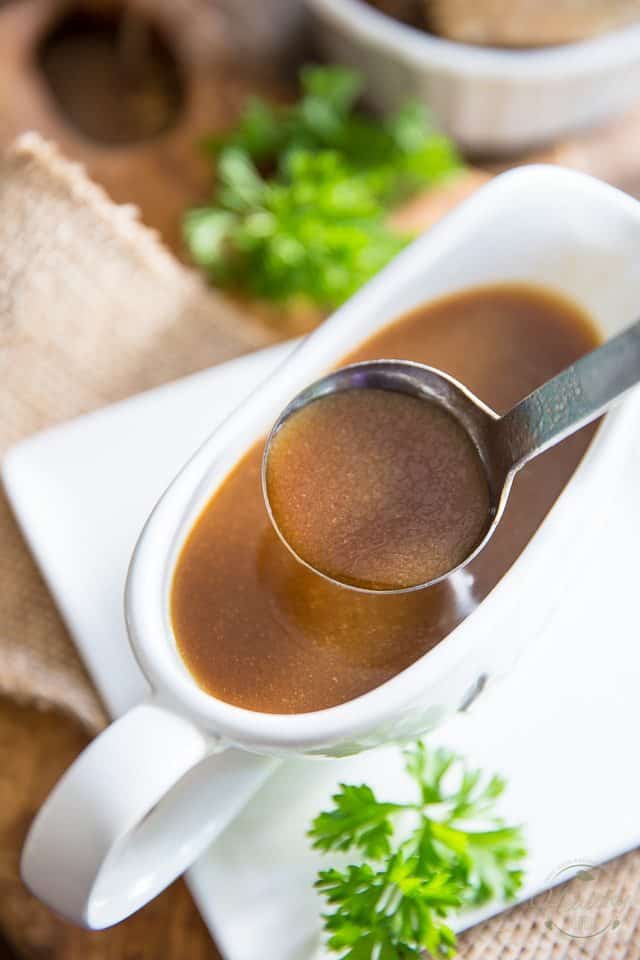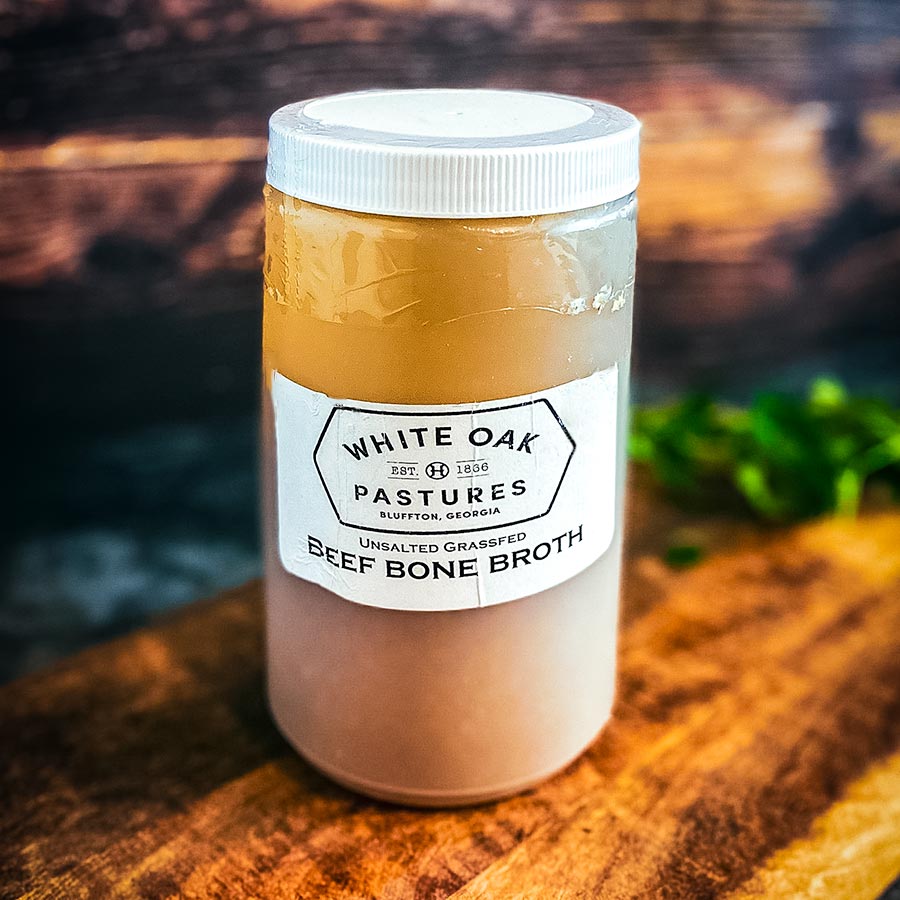A Comprehensive Guide to the Selections and Applications of Bone Broth in Recipes
The modest bone brew, an apparently straightforward concoction, brings a variety of tastes, dietary benefits, and culinary opportunities that are often overlooked. This overview aims to look into the complexities of bone brew, from recognizing its fundamental components to discovering its diverse applications in global foods. As we discover the flexibility of bone broth and its possible to transform everyday dishes, one may find themselves urged to check out even more.
Understanding the Essentials of Bone Broth
Bone brew, a staple in numerous traditional diet plans, is more than just a simple soup. It is an effective, nutrient-dense elixir, teeming with collagen, amino acids, and minerals. The process of making bone brew includes simmering pet bones, usually with herbs and veggies, over a prolonged period of time. This slow-moving food preparation aids draw out the nutrients from the bones, infusing the fluid with an array of useful compounds.
The preference of bone broth can differ greatly relying on the type of bones made use of, the length of time it is prepared, and the additional ingredients included. It can be taken in by itself or utilized as a base for sauces, stews, and soups. With its durable flavor and high nutrient content, bone brew is greater than just a culinary component; it's a health-promoting superfood.

Nutritional Account of Different Bone Brews
Expanding on the intrinsic nutritional richness of bone broth, it's crucial to consider the variable profiles of various types. Each type, obtained from numerous animal bones, possesses a special collection of nutrients. Chicken bone broth, for example, is a rich resource of collagen, advantageous for skin health, and glycine, an amino acid that supports digestion and the immune system. On the various other hand, pork bone brew consists of abundant levels of minerals like potassium and magnesium, crucial in keeping heart health and nerve function.
Yet another variation, lamb bone broth, is rich in necessary fats, especially Omega-3, which adds to cognitive function and inflammation reduction. No matter the type, all bone broths are a powerhouse of gelatine, which enhances joint wellness and advertises better sleep. Recognizing these dietary variances assists in customizing bone brew recipes to particular dietary demands and health objectives.
Bone Broth Varieties: From Beef to Fish

Exploring Beef Bone Broth
Ever thought about the advantages of beef bone brew? This passionate concoction, simmered for hours utilizing beef bones, is abundant in nutrients like collagen, amino acids, and minerals. Checking out beef bone broth opens up a door to beneficial food, proving its convenience and function in both health and culinary globes.
Uncovering Fish Bone Brew
Changing the focus from beef to one more selection of bone broth, we now venture into the world of fish bone broth. Traditionally made from the bones and heads of fish, this variant stands apart for its one-of-a-kind flavor and health benefits. Rich in iodine, fish bone brew sustains thyroid health and wellness and provides important minerals for correct physical feature. It works as a base for lots of Eastern soups and stews, supplying a subtle sea taste that compliments numerous ingredients. The process of preparation includes simmering the fish continues to be for an extended duration, therefore drawing out nutrients and collagen. The result is a light, nutrient-dense brew that can be consumed alone or utilized to improve the preference of other dishes.
The Function of Bone Brew in Different Cuisines
While numerous might consider it a current health craze, bone broth has been a staple in various cuisines worldwide for centuries. In Asian cuisine, japanese and particularly chinese, bone broth is the base for countless soups and stews, imparting a deep, intricate taste account that is highly valued. The infamous ramen broth is usually made from pork bones simmered for hours. Beef Bone Broth.
In French food preparation, bone brew, or "bouillon", is utilized as a foundation for sauces, sauces, and soups like the traditional French onion soup. The Italian "brodo" is a typical bone brew used in risotto and pasta dishes.
In South America, particularly in Argentina and Brazil, bone brew is an essential ingredient in "asado" and "feijoada" respectively. In these recipes, the broth includes richness and depth, enhancing the total taste.
Plainly, bone broth plays an essential function in worldwide cuisines, adding its dietary benefits and one-of-a-kind tastes to a vast array of recipes. Beef Bone Broth.
Cooking Strategies for Flavorful Bone Broth
Regardless of the simpleness of its components, producing a flavorful bone broth needs a thoughtful method and certain food preparation strategies. The very first step is choosing quality bones, preferably those abundant in collagen. Roasting the bones in the stove before simmering them is a preferred technique to enhance the taste profile.
The duration of cooking is also vital; a More Bonuses great bone broth requires time. Simmering the bones for an extended period, frequently approximately 24-hour, permits the marrow, collagen and minerals to be thoroughly drawn out, resulting in a nourishing and abundant brew.
A commonly ignored strategy is using acid, such as vinegar, which assists in breaking down the bones and helps with the removal of nutrients. Last but not least, the enhancement of fragrant herbs and vegetables during the lasts of cooking not just enhances the taste but additionally enhances the broth's dietary value. With these methods, one can craft a flavorful bone broth.
Creative Recipe Concepts Incorporating Bone Brew

After understanding the art of developing a savory bone broth, a daring cook may begin to check out myriad ways to integrate this nourishing elixir into different dishes. They can utilize it as a base for soups and stews, infusing every bite with its abundant and complex flavors. Risotto, commonly cooked with supply, can be raised to brand-new cooking heights with the replacement of bone brew.
Simmering vegetables in the broth can improve their nutritional content significantly. It can also be used in sauces and sauces, offering a much healthier alternative to store-bought selections. In addition, integrating bone brew into sauces tenderizes meat while imparting an unique deepness of flavor.
Finally, the flexible bone broth can be used artistically in unforeseen dishes. Savory oat meal, prepared in bone brew as opposed to water, provides a protein-packed beginning to the day. From the easiest to one of the most complex dishes, bone broth boosts meals with its nutritional advantages and exceptional preference.
Final thought

The simple bone brew, an apparently easy mixture, carries a range of tastes, nutritional benefits, and cooking opportunities that are typically forgotten. The process of making bone broth includes simmering pet have a peek at this site bones, often with natural herbs and veggies, over a prolonged period of time.The preference of bone broth can vary greatly depending on the type of bones utilized, the size of time it is prepared, and the added components added. Fish bone broth, with its unique taste and wellness benefits, is entitled to equivalent attention.
Shifting the focus from beef to one more range of bone broth, we now venture into the world of fish bone brew.